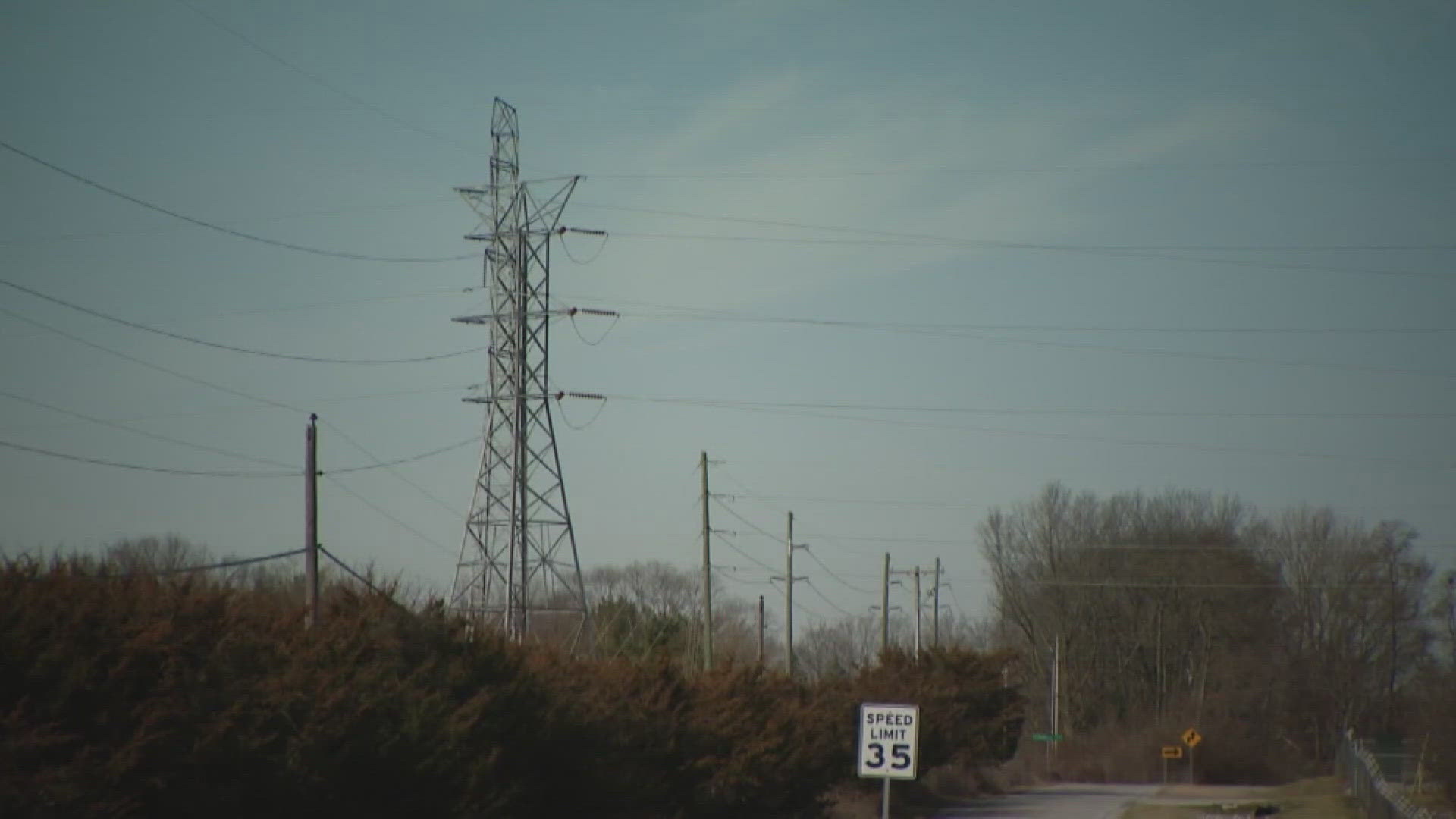INDIANAPOLIS — This heat wave has all of us cranking up our air conditioning and turning on our fans to stay cool.
That means more power being pulled from the region’s electric grid, which raises the question: Just how much can our power grid take?
Last week, the Midcontinent Independent System Operator (MISO) released its annual survey for the 2025-2026 planning year. The organization operates much of the Midwest grid.
MISO warned that demand for electricity may exceed supply, with the greatest risk in the spring and summer months.
The survey indicated the MISO region could have a 2.7 GW shortfall ranging to a 1.1 GW surplus next year. In past surveys, deficits have been predicted, but then retirements and market corrections have shored up and filled the gap.
In the worst case, MISO will have to order rolling blackouts to keep the grid from collapsing. That's where utility companies cut off power to certain areas for short periods of time.
The Indiana Energy Association told 13News that likely won’t happen.
"We have never had issues in Indiana, and through our coordinated and robust planning efforts, we hope we never do,” said Danielle McGrath, the president of the Indiana Energy Association.
McGrath said planning and collaboration will be key to keeping up with demand.
"What all the companies have identified is that we are going to need more generation. So, as Hoosiers, we can expect more generation to be built over the coming years, and we are working through how to get that done quickly,” McGrath said.
The grid has less capacity than before in part because of the retirement of older power plants.
“We need to come up with creative ways to get more electricity on the grid, and I think that’s with all forms of electricity. We also need to not retire any electricity until we can get new capacity built,” said Jon Ford, president of Indianapolis-based Reliable Energy.
Reliable Energy, Inc. is a trade organization focused on grid reliability and affordability of electricity.
Ford said the state should plan for future nuclear power plants, along with reliable energy sources like coal and gas.
"It's ringing the alarm that it's time for people to work. I don't think there is any threat of rolling blackouts happening anytime soon, but again, it's just really a warning that we need to take this seriously,” Ford said.
Power companies like AES Indiana and Duke Energy have tips, tools and programs to help customers save money and manage energy use during the hot summer months.
You can find more information here.
Summer saving tips
- Adjust your thermostat – set your thermostat as high as comfortably possible in the summer. The recommended setting is 78° or higher when you are home and higher when you are asleep or away.
- Set air conditioning to “auto” instead of “on” and reduce your energy costs.
- Block the sun: Close blinds and shades during the warmest times of the day to keep the heat out and the cool air in.
- Wait until later in the evening to use heat-producing appliances, like the oven, clothes dryer and dishwasher. Many dryers and dishwashers have timers you can set so they turn on hours later.
- Turn off unnecessary lights and switch to energy-efficient lighting that gives off less heat in your home.
- Turn off ceiling fans in unoccupied rooms. Fans offer an inexpensive alternative to setting the thermostat to a lower temperature because fans cool people, not rooms.
- Change or clean filters once a month. Dust and dirt make your unit work harder.

